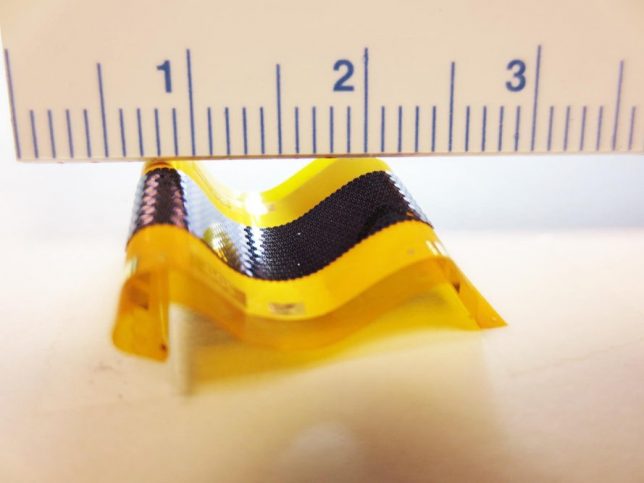 |
ACD Systems International has launched ACDSee Photo Studio Ultimate 2021. This is the newest version of the company’s flagship photo editing software. The new version is focused on providing improved performance. ACD Systems International states that Photo Studio Ultimate 2021’s performance enhancements are up to 100 percent faster and RAW decoding is up to 20 percent faster.
Frank Lin, CTO & COO of ACD Systems International, says, ‘This product is everything you need to optimize your digital asset management, your photography workflow, your editing process and your work as a photographer. We’re pleased to have focused on responding to customer feedback to make this the best product for today’s photographers.’
New features in ACDSee Photo Studio Ultimate 2021 include:
- New Color Wheels and Tone Wheels – These wheels allow users to more precisely adjust colors, highlights, midtones and shadows.
- Text on paths and text in a frame – You can now customize your text, including its path.
- Refine Selection – In the new version, you can shift or soften edges, allowing for better use of included tools such as Smart Erase.
- New and improved batch rename and resize functionality – You can now create your own templates and presets to speed up batch processes.
- New optimized user interface and panes – New UI and panes are designed to streamline the editing process, allow the user to capture snapshots and view a full edit history for a file.
- Improved Quick Search – Finding images in large databases is much faster.
- Improved crop and watermarking – You can crop multiple images to custom sizes and add watermarks using anchor points.
- Easier migration from Lightroom and Picasa – You can import face data in three clicks.
 |
| This screenshot shows the new Color Wheel in ACDSee Photo Studio Ultimate 2021. Image credit: ACDSee |
ACDSee Photo Studio Ultimate 2021 is available now. You can purchase a perpetual license for $ 149.99 or purchase the software via subscription for $ 69 per year. You can learn more about ACDSee Photo Studio Ultimate 2021 and evaluate your purchasing options by clicking here. Photo Studio is also available in Professional and Home versions as well for $ 100 and $ 60 respectively. These versions have fewer features than Ultimate in exchange for a lower price.
Articles: Digital Photography Review (dpreview.com)
























You must be logged in to post a comment.